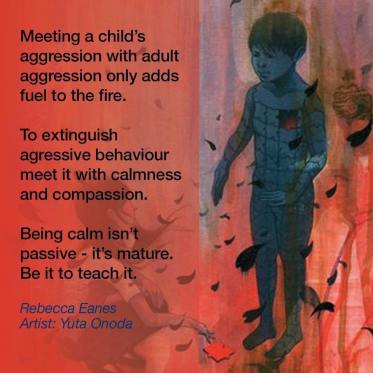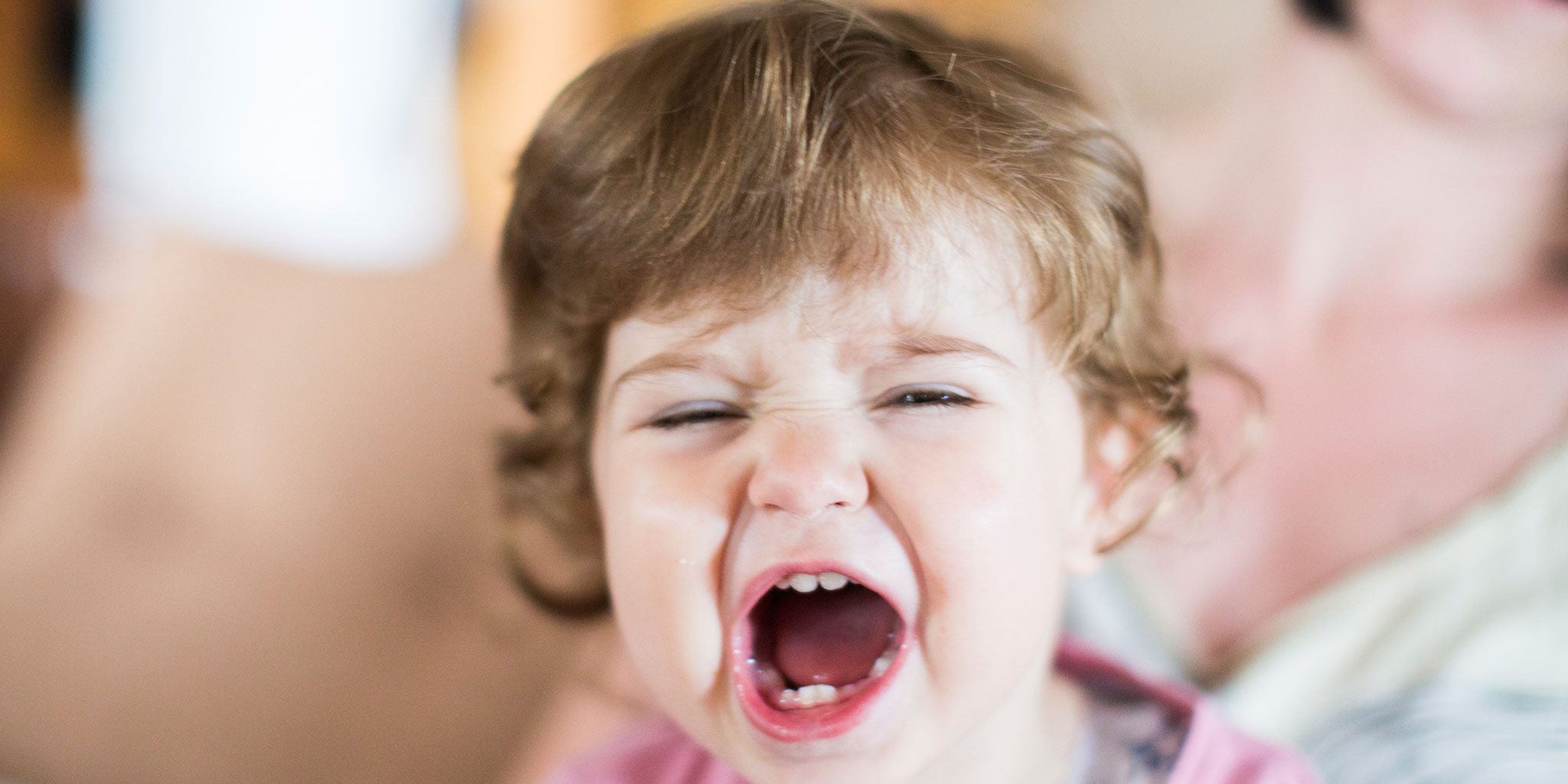When children are “triggered” and stuck in distress, worry, upset, anger, frustration, trauma, they are dis-integrated. There’s a thought, or feeling, or memory that has hijacked us and is running the show, preventing them from thinking clearly or behaving appropriately. To re-integrate takes an understanding of what is happening and a choice to use tools such as movement, reflection, story-telling, and emotional connection.
Since the goal of discipline is to teach, and to build skills so kids make better decisions both now and in the future, we need to pay attention to their emotions, and to the feelings behind the behavior. This is something that I always make parents aware of, to look past the behaviour and see what it is that their child is trying to communicate. In fact, it’s often when children are upset or out of control that they need us most.
Some kids need help learning to control their emotions, and resist impulsive behavior
If you’re a parent, chances are you’ve witnessed a tantrum or two in your day. We expect them in two-year-olds. But if your child reaches school age and meltdowns and outbursts are still frequent, it may be a sign that he or she has difficulty with emotional self-regulation.

Simply put, self-regulation is the difference between a two-year-old and a five-year-old, who is more able to control his emotions. Helping kids who haven’t developed self-regulation skills at the typical age is the goal of many parent training programs. And many older children, even if they’re beyond tantrums, continue to struggle with impulsive and inappropriate behavior.
What is self-regulation?
Self-regulation is the ability to manage your emotions and behavior in accordance with the demands of the situation. It includes being able to resist highly emotional reactions to upsetting stimuli, to calm yourself down when you get upset, to adjust to a change in expectations and to handle frustration without an outburst. It is a set of skills that enables children, as they mature, to direct their own behavior towards a goal, despite the unpredictability of the world and our own feelings.
“A child’s innate capacities for self-regulation are temperament and personality-based,” Dr. Matthew Rouse, a clinical psychologist at the Child Mind Institute explains. Some babies have trouble self-soothing, he adds, and get very distressed when you’re trying to bathe them or put on clothes. Those kids may be more likely to experience trouble with emotional self-regulation when they’re older.
But the environment plays a role as well. When parents give in to tantrums or work overtime to soothe their children when they get upset and act out, kids have a hard time developing self-discipline. “In those situations, the child is basically looking to the parents to be external self-regulators,” Dr. Rouse says. “If that’s a pattern that happens again and again, and a child is able to ‘outsource’ self-regulation, then that’s something that might develop as a habit.” When a child is dysregulated, they need their parents to act as their external regulator by acknowledging their feelings and helping them to regulate. Different activities are helpful for children when they are dysregulated such as movement, blowing bubbles, playing a balloon game, or playing with a fidgety toy (see image below).
The 3 activities below are designed to help to literally shift the brain physiology to allow the body to calm, the heart to open, and the right, left, lower, middle, and upper parts of the brain to reconnect. Teach them to your children to use to manage emotions and soothe stress, before they act out, or to bring them back to center.
Oh No – Ah Yes!
Turn a frown upside down.
Name what you are disappointed about.
Notice & allow the sensations.
Massage your forehead along your hairline to
re-engage your neocortex/upper brain that can
understand, let go, and think up a new plan.
To help children fully engage with this technique and how they are shifting and soothing themselves, teach them to say this chant/poem as they massage and breathe:
When I feel – Oh No!!!
I hold my forehead,
Massage my brow,
Breathe in deeply
I know how …
I breathe out slowly
I let my fears sink
I feel my heart clear: bump-bump, bump-bump, bump-bump
Then, I think – Ah Yes!!
I know what to say…
It is going to be a wonderful day, anyway!
Donkey Kicks
Kick it off to calm down.

Exercise changes brain chemistry. When emotion takes over, encourage kids to do some vigorous, aerobic movement, such as Donkey Kicks, which can be done almost anywhere, except the car. This upside down move is an especially effective activity for regaining self-control when extremely angry, hurt, or upset.
Hands flat on floor under shoulders. Come into a short Down Dog – hips up, feet and legs together. Keep arms straight as you bend knees and then kick yourself with your heels. LoudlyBray Bray, Bray!! Until you feel ready and able to problem-solve.
Deep Down Wisdom
Hug yourself, feel your heart, remember to do what’s right.
Scared, anxious, overwhelmed, confused, or upset?
Connect with your inner strength and wise heart.
Sitting, standing, or lying down, just cross ankles
and extend arms out and cross wrists. Then, turn
thumbs down, clap palms together, link fingers,
and roll them under to rest on your chest.
Close your eyes and breathe. Let the air comes in with ease.
Think about something or someone you love … and listen to your heart.
To help children understand what they are doing when they choose this activity to self-regulate, teach them to say this chant/poem while they stay in the position and breathe:
Feel your upset melt away
As your wisdom comes to play
Your heart will know what’s best to do.
Listen deep down and let it guide you.
Thank you for reading!
Until next time,
Lorraine




